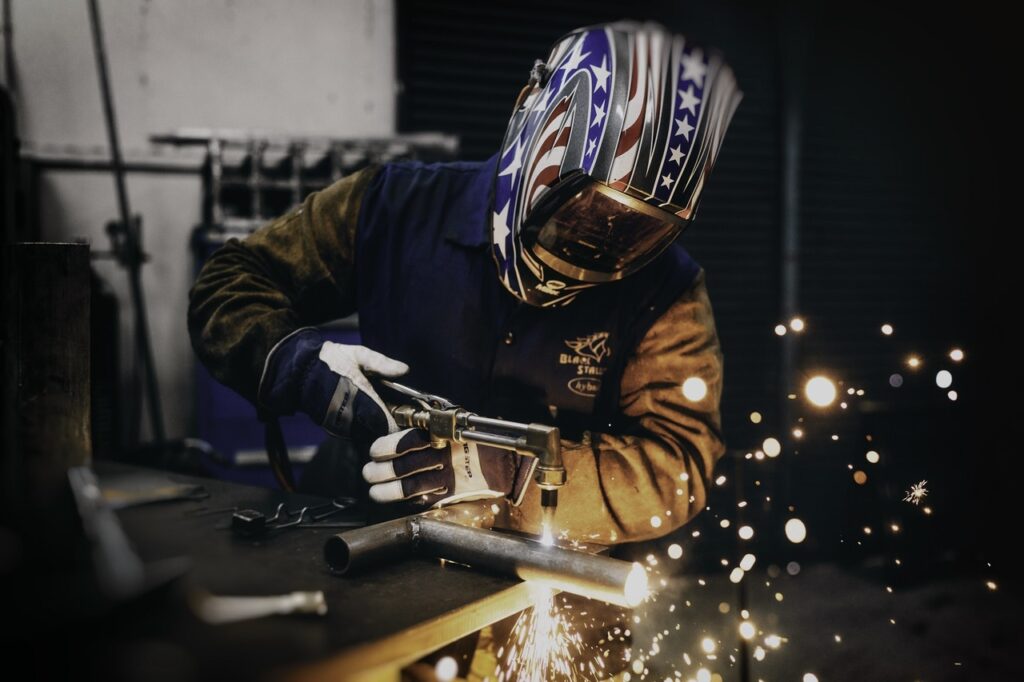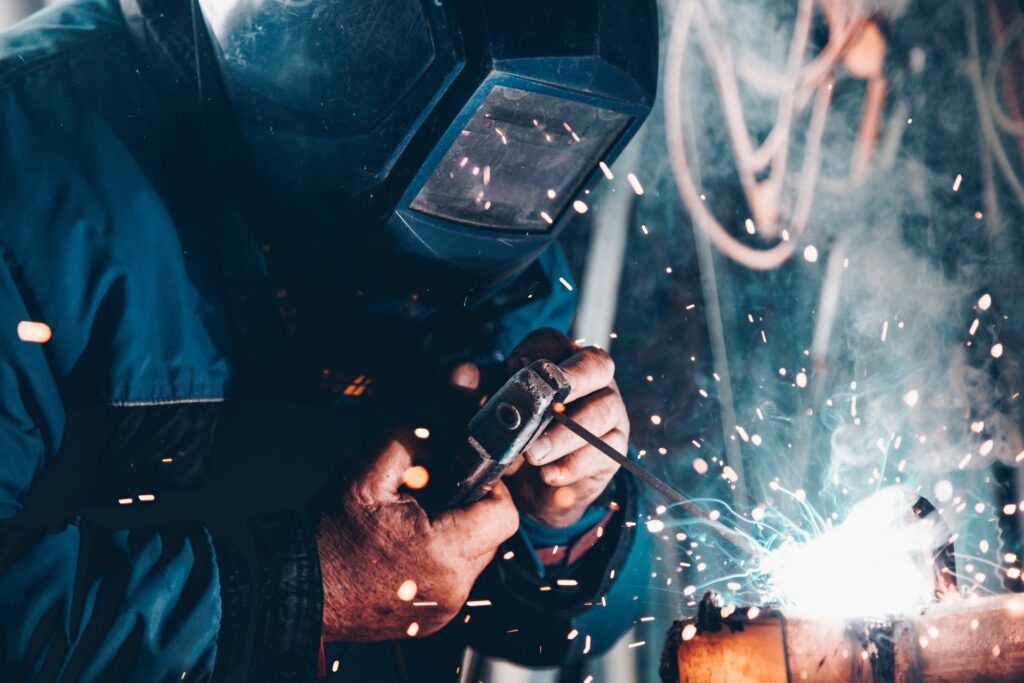Welding is a very responsible job. This means that during this procedure you must be 100% present and know what you are doing. It is also not enough just to know this job but also to be adequately equipped. This is especially important for beginners who do not have as much experience and are thus more prone to frequent mistakes at work.
In order to avoid injuries or irregularities in work, it is important to take basic safety measures. Apart from large or small production, welding is also present at home. Companies may provide their workers with everything they need, but people at home must be equally informed.
That is why it is important to emphasize the importance of equipment and safety tips. Such tips can also improve the productivity of the entire work. Below you can read some tips to help you properly prepare for this job.
1. Follow the instructions

Whether you are reading the instructions for use or have insturctions to follow, it is important that you continue to do as you are told. When you are a beginner, it is normal that you do not have a routine that a person with many years of experience has. However, in addition to experience, you should definitely follow the instructions, which generally contain very useful things. This refers to safety information, procedures related to working with the machine, etc.
You need to be sure how the machine works, aware of its characteristics and parts. This is the only way to be safe when doing it. Of course, it happens that you do not have the manual with you or it disappears, gets lost … If you work in a company, your superior must provide you with a new copy, and if he did not do that, you must ask for it yourself. Keep in mind that you can’t start a business without it.
2. Protect your skin
We tell you this because every part of the skin that is not covered is exposed to the risk of harmful effects. The consequences can be very serious, because the effects are ultraviolet and infrared radiation. Such skin damage is very painful and leads to severe complications. Either way, all of this can be avoided if you avoid openings in your pockets, shirts, and other things that don’t cover part of your skin.
Then you will completely expose your body to sparks. An additional problem is that you may not notice this while your face is under the helmet. While you are focused on work, the sparks smolder unnoticed and hurt your skin. Also, sparks do not only catch on the skin, but also on necklaces, buttons and the like. Try all possible ways to protect yourself from this, but it is certainly not difficult as long as you have the right equipment. You can read more about it in the rest of the text.
3. Protective gear

So, it is essential to wear protective equipment. As you may have read in the previous section, things that reveal some parts of your body are not welcome in this case. That means forgetting about short-sleeved T-shirts, shorts and unbuttoned things. Whether you are planning to spend hours on this job or you have decided to finish something in a hurry the equipment must be worn at all times.
Appropriate equipment includes a helmet, gloves and a suit that covers every part of the body. The suit will have its function only if it is flame resistant.
This means that they are made of solid material as well as any PPE equipment that you will find in the appropriate shops. We know that things like this can be quite difficult to carry when it comes to temperature, but also the weight of the material.
4. Helmets
Of course, helmets are an indispensable piece of equipment. However, we are not talking about ordinary helmets, but those with automatic dimming. This mechanism works by having sensors on the helmet that detect sparks and automatic dimming occurs in less than a second. Each of these helmets must meet certain standards known in this industry.
Most of this equipment reacts very quickly as we said, but they also have the option to adjust the dimming. In addition, the sensitivity as well as the timing related to the automatic dimming time can be adjusted. So, this is definitely not about ordinary helmets. This example really has a lot of ways of working that can be used in other jobs besides welding. Visit welding.com.au to check specifications for different models.
5. Footwear

Appropriate footwear refers to those shoes that meet safety requirements. This means that the right choice involves a material such as leather. So, leather shoes provide the highest degree of foot safety. Of course, it is not enough to cover only the feet, but also for the pants to cross the shoes. Any other footwear material is not recommended for this purpose, it refers to sneakers or something other than canvas. People who do not follow these tips usually first feel a tingling sensation on their feet because the sparks manage to break through inappropriate footwear.
6. Gloves
When we mention gloves, we must mention that this is not about universal work gloves. We are talking about a special piece of equipment that has an option with ergonomically curved pins and you can find them with different looks that enable demanding welding procedures. So, there are a large number of this equipment on the market and that means you can choose between several levels when it comes to dexterity and touch. However, these are not the only options you have on offer.
Of course, remember that gloves are not enough protection from the hot material you have recently welded. To touch this surface, pliers are used that will surely protect you from possible burns.
Conclusion:
As you may have noticed, best practice in this business requires state-of-the-art equipment and other safety measures. You may also have noticed that they are universally applicable and not difficult to adhere to. We hope that you will adopt the tips we have set aside for you and thus raise your work and security to a higher level.






